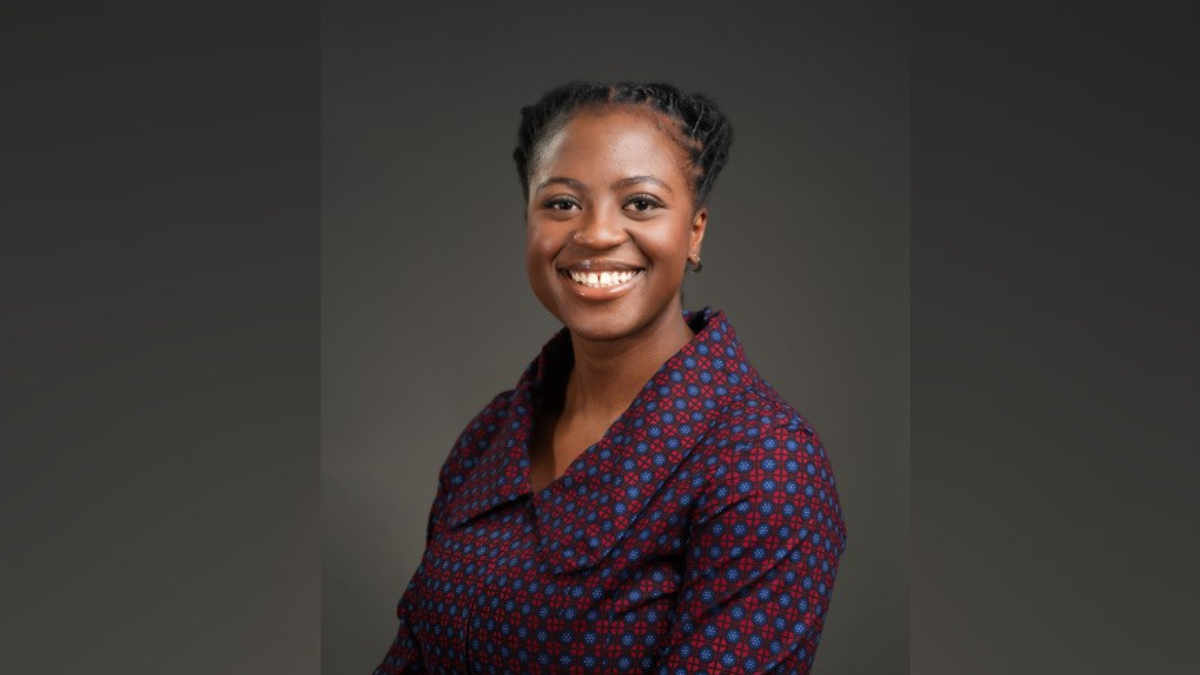April 17, 2023
By Betty Zou
“I’ve always been interested in public health research that focused on the people, rather than the numbers,” said Afia Amoako, a third-year PhD student in the division of epidemiology at the Dalla Lana School of Public Health at the University of Toronto.
As a recipient of the inaugural Emerging and Pandemic Infections Consortium (EPIC) Doctoral Awards, which supports outstanding students pursuing infectious disease research, she is driven by her person-centred ethos to examine the unequal landscape of the COVID-19 pandemic in Toronto. Her goal? To provide a deeper, more nuanced understanding of how people living in this city experienced COVID-19.
Amoako studied immunology at U of T as an undergraduate before heading to McGill University to complete a Master’s degree in public health. She returned to U of T at the beginning of the pandemic to pursue her PhD with David Fisman, a professor of epidemiology at DLSPH.
Her doctoral research aims to combine spatial and mathematical modelling methods with contact tracing, laboratory testing and census data to paint a fulsome and dynamic picture of Toronto’s COVID-19 pandemic.
“In Canada, we have very good administrative data and good contact tracing information, but we don’t really have good race-based data,” said Amoako. “The goal of my thesis is to try and put together as much data as I can from different sources to add the ‘people’ element to how we understand the pandemic.”
Her research focuses on the first two years of the pandemic when access to PCR testing was more widely available. To capture the missing details about the people affected by COVID-19, Amoako is using data from the 2021 census and the Ontario Marginalization Index, a tool that combines a wide range of demographic indicators to quantify different dimensions of marginalization including poverty and housing.
She has already completed the first objective of her thesis: analyzing what COVID-19 looked like over space and time during the first four waves of the pandemic.
“Early on in the pandemic, most of the COVID-19 cases were towards the edges of the city, which tend to be lower income areas. Then as the pandemic progressed, particularly with the Omicron wave, the cases really started to centre downtown. That was very interesting to see,” she said.
Next, she will incorporate the sociodemographic data from the census and Ontario Marginalization Index into her analyses and develop a mathematical modelling approach to understand how the pandemic progressed differently in different parts of the city.
Amoako hopes that her research will lay a foundation for how research on infectious diseases can and should adopt a person-centred approach.
“We cannot do research on infectious diseases without talking about the diversity of people who are being impacted. There has to be a discussion about people’s diverse experiences – that is what I really want to achieve through my work.”


